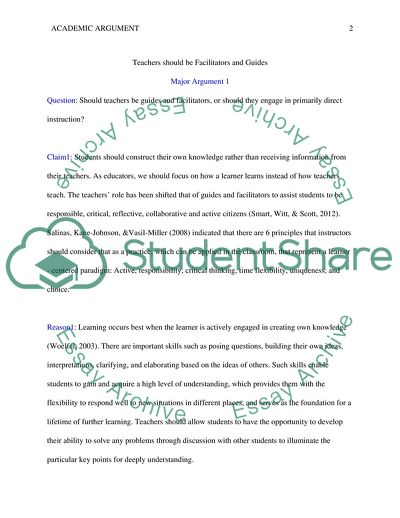Cite this document
(Teachers should be Facilitators and Guides Assignment Example | Topics and Well Written Essays - 2000 words, n.d.)
Teachers should be Facilitators and Guides Assignment Example | Topics and Well Written Essays - 2000 words. https://studentshare.org/education/1842060-academic-argument
Teachers should be Facilitators and Guides Assignment Example | Topics and Well Written Essays - 2000 words. https://studentshare.org/education/1842060-academic-argument
(Teachers Should Be Facilitators and Guides Assignment Example | Topics and Well Written Essays - 2000 Words)
Teachers Should Be Facilitators and Guides Assignment Example | Topics and Well Written Essays - 2000 Words. https://studentshare.org/education/1842060-academic-argument.
Teachers Should Be Facilitators and Guides Assignment Example | Topics and Well Written Essays - 2000 Words. https://studentshare.org/education/1842060-academic-argument.
“Teachers Should Be Facilitators and Guides Assignment Example | Topics and Well Written Essays - 2000 Words”. https://studentshare.org/education/1842060-academic-argument.


